Each day across the globe, in settings as diverse as towering, ornate cathedrals, small village chapels, or bustling urban parishes, the Catholic Mass is celebrated. This centuries-old rite of worship is the spiritual epicenter for millions of Catholics worldwide, a ritual that simultaneously echoes the constancy of God’s love while also embodying the unique, ever-unfolding interpretation of that divine love in our daily lives.
If you look at the Catholic Mass, you’ll notice it’s pretty much the same no matter where you go. It has a set order of prayers and rituals that’s been the same for over two thousand years. Whether you’re in New York, Nairobi, Paris, or Perth, the Mass is the same. It starts with a procession, has readings and prayers, and ends with a final blessing. The Mass stays the same, and this can make people feel comfortable and connected.
But even though the Mass is the same everywhere, there’s one part that’s always different: the Homily. This is when the priest or deacon talks about the readings from the Bible that were just read. They explain them in a way that makes sense for us today. This part of the Mass can comfort us, challenge us, make us think, or help us see things in a new light.
The Homily is what makes each Mass special. It’s a time when the priest or deacon connects our everyday lives with the timeless teachings of the Bible. It’s a key part of the Mass that reminds us that, while our faith is ancient, it’s also very much alive today.
Come with us as we explore the Catholic Mass more deeply. We’ll look at the parts that stay the same and the parts that change, like the Homily. It’s a beautiful blend of the old and the new, the eternal and the everyday.
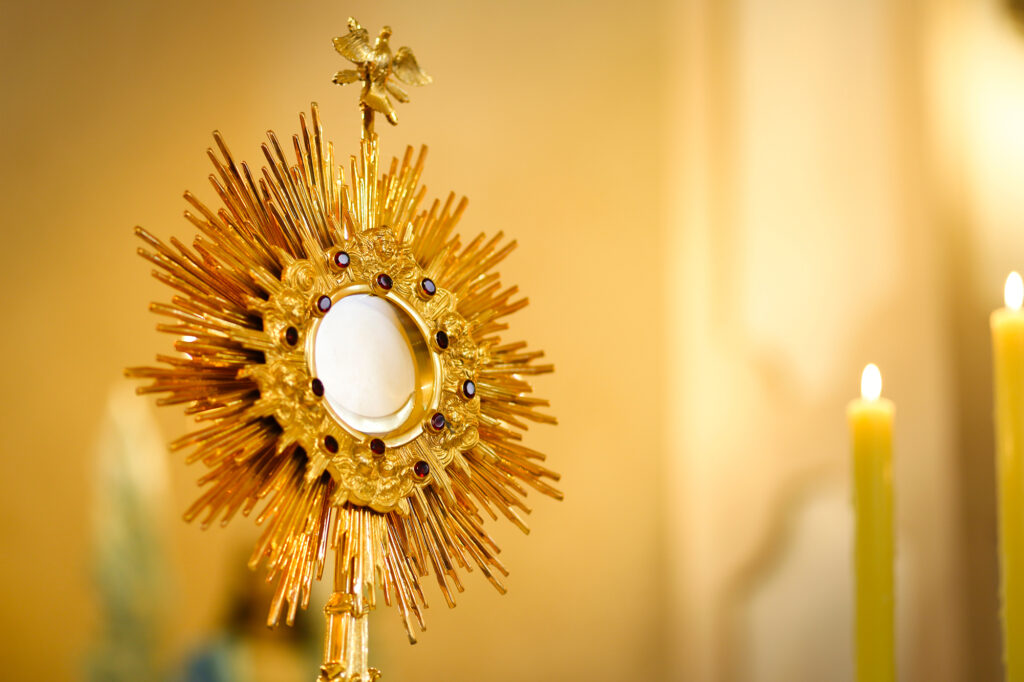
The Catholic Mass
The Catholic Mass starts with what we call the Introductory Rites. These are prayers and actions that kick off our time together in worship. As people come together, there’s a feeling of excitement that grows and grows. This feeling hits a high point when the priest starts to walk to the altar. This walk is called the Entrance Procession. It shows that we’re all starting a shared spiritual journey.
After this, the priest says hello to everyone, welcoming them in the name of Jesus. This creates a feeling of togetherness and belonging. Next, everyone says sorry for any wrongs they have done. This is called the Penitential Act. By admitting our mistakes, we’re asking for God’s forgiveness. This helps us get ready to celebrate the Mass with clean hearts.
We then say the Kyrie, an old Greek prayer that asks for God’s mercy. On Sundays and certain special days (except during Advent and Lent), we sing the Gloria. This is an old song that praises God. The last prayer in the Introductory Rites is the Collect. This prayer brings together all our prayers and lifts them up to God. It gets us ready for the next part of the Mass, which is called the Liturgy of the Word.
These parts of the Mass are always the same. This can feel comforting because it’s something we know and expect. But each time people come together to celebrate the Mass, it’s a little bit different. Each gathering brings its own special feeling and meaning to this old way of worship.
An outline of the Catholic Mass
I. Introductory Rites
- Entrance Procession: The priest and other ministers proceed to the altar.
- Greeting: The priest welcomes the congregation.
- Penitential Act: The priest leads the congregation in acknowledging their sins.
- Kyrie: The congregation invokes the mercy of God.
- Gloria: A hymn of praise is sung on Sundays (outside of Advent and Lent), and on special feast days.
- Collect: The priest leads a prayer that collects the intentions of the community.
II. Liturgy of the Word
- First Reading: A passage from the Old Testament or the Acts of the Apostles is read.
- Responsorial Psalm: A psalm is sung or said in response to the first reading.
- Second Reading: A passage from the New Testament epistles is read (only on Sundays and special feast days).
- Gospel Acclamation: A verse of scripture is sung, usually Alleluia except during Lent.
- Gospel Reading: A passage from one of the four Gospels is read by the priest or deacon.
- Homily: The priest or deacon reflects on the day’s readings.
- Profession of Faith (Nicene or Apostles’ Creed): The congregation proclaims their shared beliefs.
- Prayer of the Faithful (or Universal Prayer): The congregation prays for the needs of all.
III. Liturgy of the Eucharist
- Preparation of the Altar and the Gifts: Bread and wine (which will become the Body and Blood of Christ) are brought to the altar.
- Prayer over the Offerings: The priest prays that God will accept the gifts that the Church offers.
- Eucharistic Prayer: This is the center and high point of the entire celebration. It includes the Consecration of the bread and wine.
- The Lord’s Prayer: The congregation prays the prayer Jesus taught his disciples.
- Sign of Peace: The congregation offers each other a sign of peace.
- Fraction (Breaking of the Bread): The priest breaks the consecrated host into pieces; a portion is placed in the chalice.
- Communion: The congregation receives the Body and Blood of Christ.
- Prayer after Communion: The priest prays that the sacrament will bring the Church the fullness of redemption.
IV. Concluding Rites
- Final Blessing: The priest blesses the congregation.
- Dismissal: The congregation is sent forth to serve the Lord in their daily lives.
The Divine Mission
The Catholic Mass, with its mix of sameness and difference, acts like a steady light in our changing world. Every Mass, with its set structure, shows the church’s strong faith and mission. The Mass’s sameness becomes a source of comfort. It’s like a steady rock we can hold onto in a sea of change.
At the same time, parts like the Homily make the Mass a real conversation between the holy Bible and our daily lives. This gives us new ways to look at things that matter today. This mix of the old and the new, the same and the different, is what makes the Mass so important to the Catholic faith. It also makes it a meaningful spiritual practice, even in our quickly changing world.
As we learn more about the Mass, we’re invited not just to watch, but to take part in this deep spiritual journey. Each prayer we say, each song we sing, each peace sign we make, and each moment of silence we hold, adds to the beautiful picture that is the Mass. This is the magic of the Catholic Mass: it’s at once timeless and right now, for everyone and just for you, old and always new.
In the end, the Catholic Mass, with its mix of the old and the new, gives us a way to connect with the divine that’s easy to understand and meaningful. It shows the Catholic Church’s strong commitment to keeping a living link between the ageless mysteries of the divine and the special spiritual needs of each generation. Through the Mass, we’re invited to experience God’s endless love in a way that deeply connects with our everyday lives. This helps us grow spiritually and strengthens our faith. It’s truly a dance between the constant and the unique, one that continues to inspire and support millions of Catholics all over the world.
How useful was this post?
Click on a star to rate it!
Average rating / 5. Vote count:
No votes so far! Be the first to rate this post.
Author
-
Anthony Ernst is the Owner of ThreeSphere Websites, bringing over 16 years of experience in web development and digital strategy. Beyond the screen, He is a dedicated family man, a married father of five who thrives on balancing work, play, and personal growth. On Futura Feed, Anthony shares insights from his diverse passions, blending technology, strategy, and personal development.
View all posts Web Developer

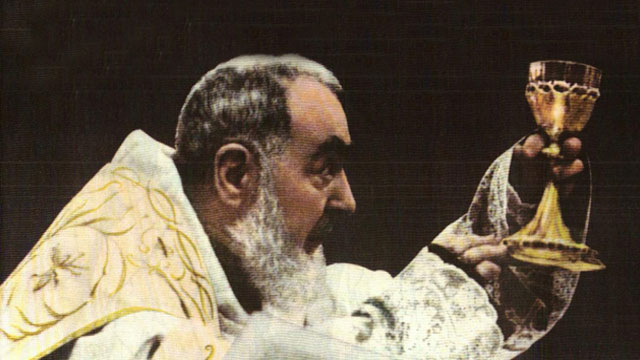

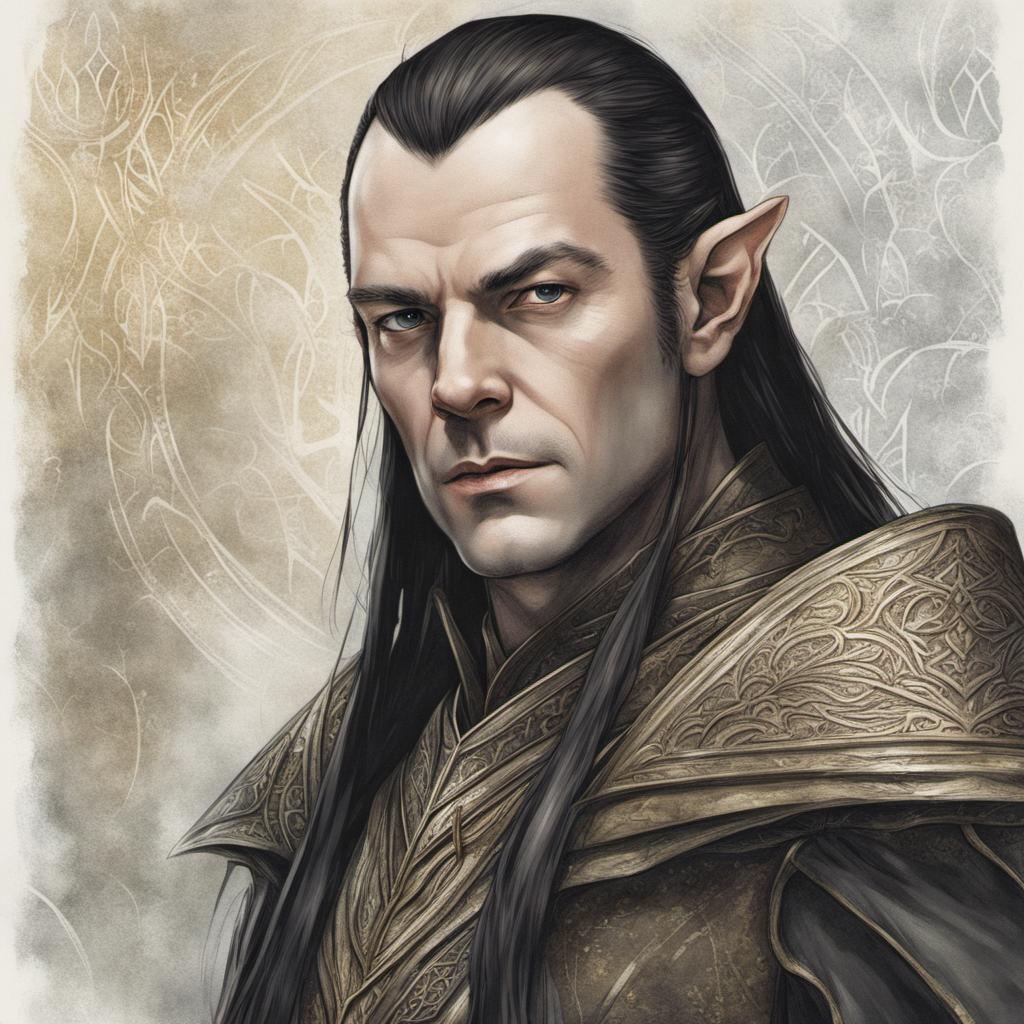
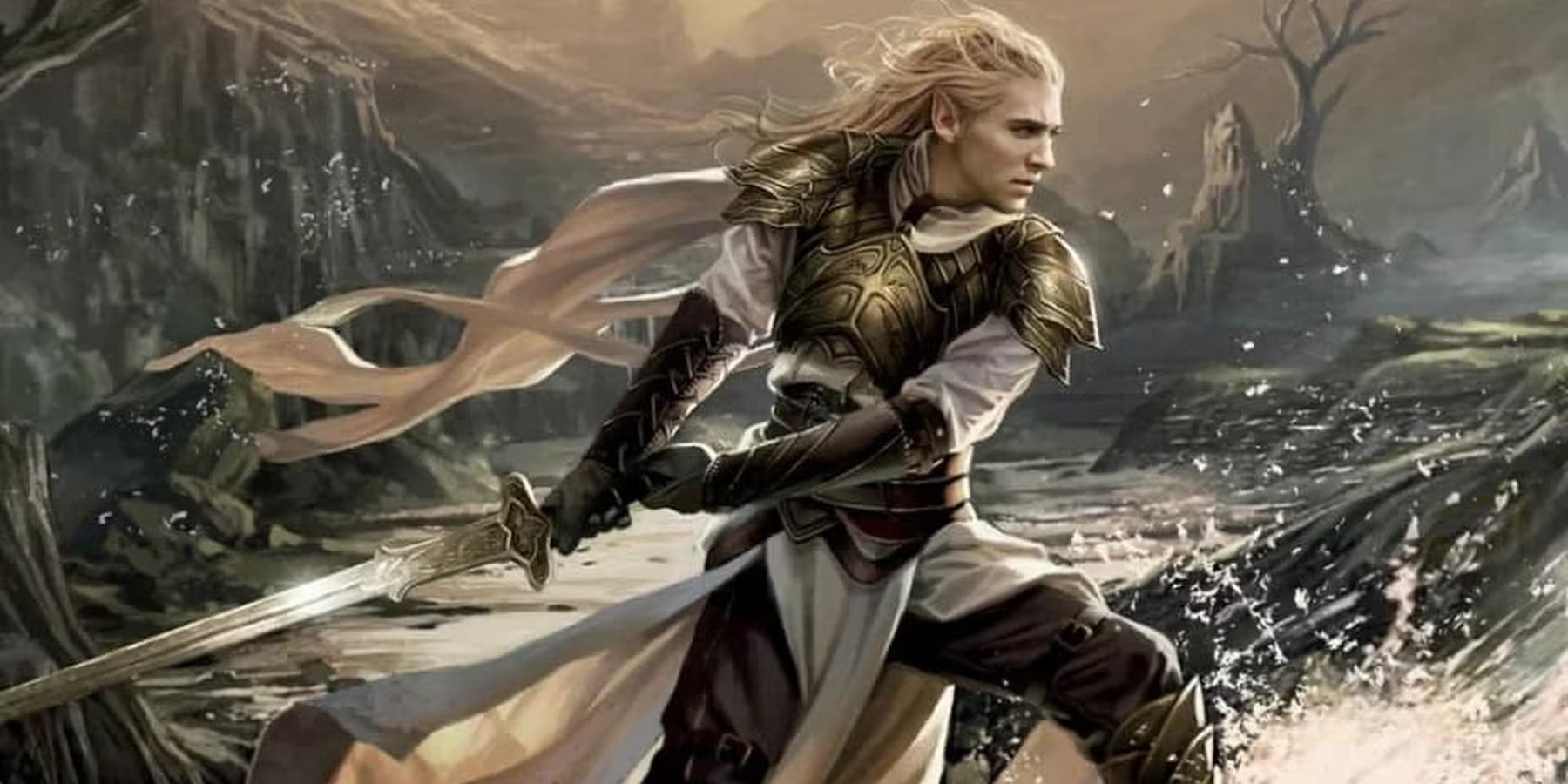


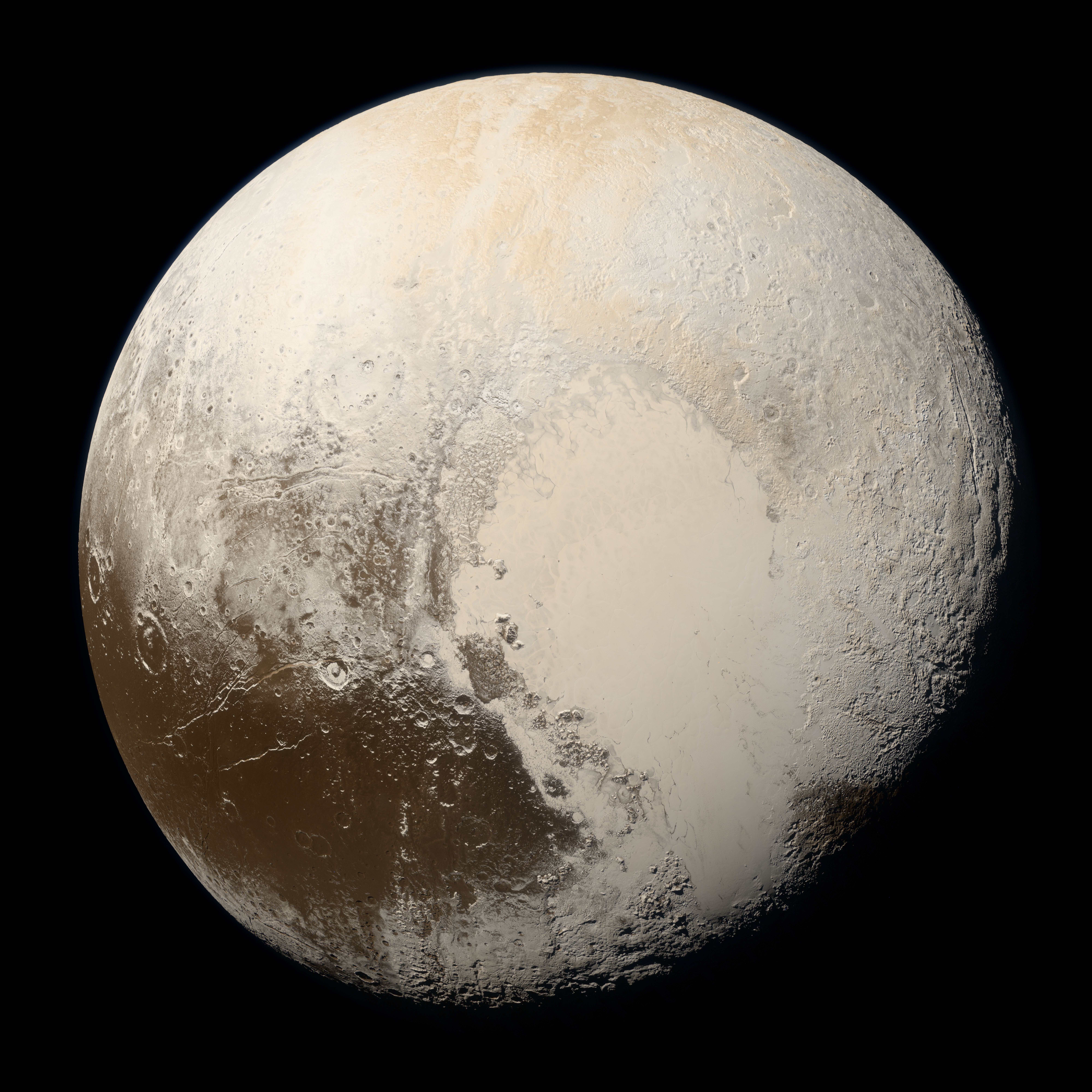
Visitor Rating: 5 Stars
Visitor Rating: 5 Stars